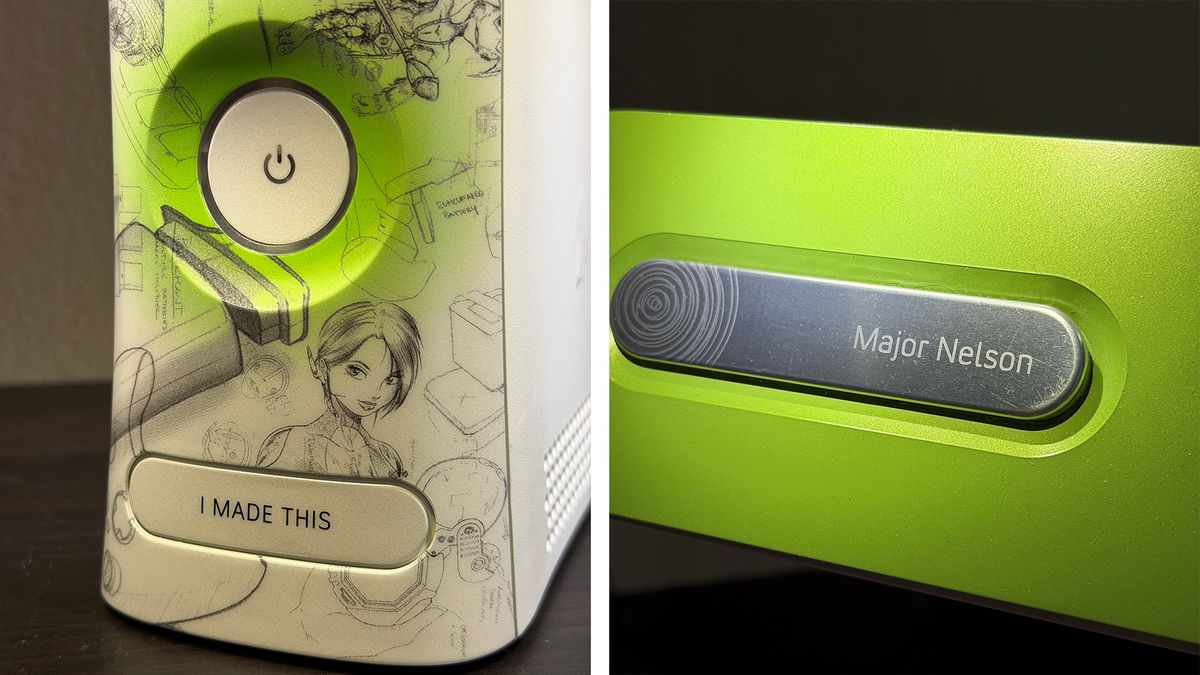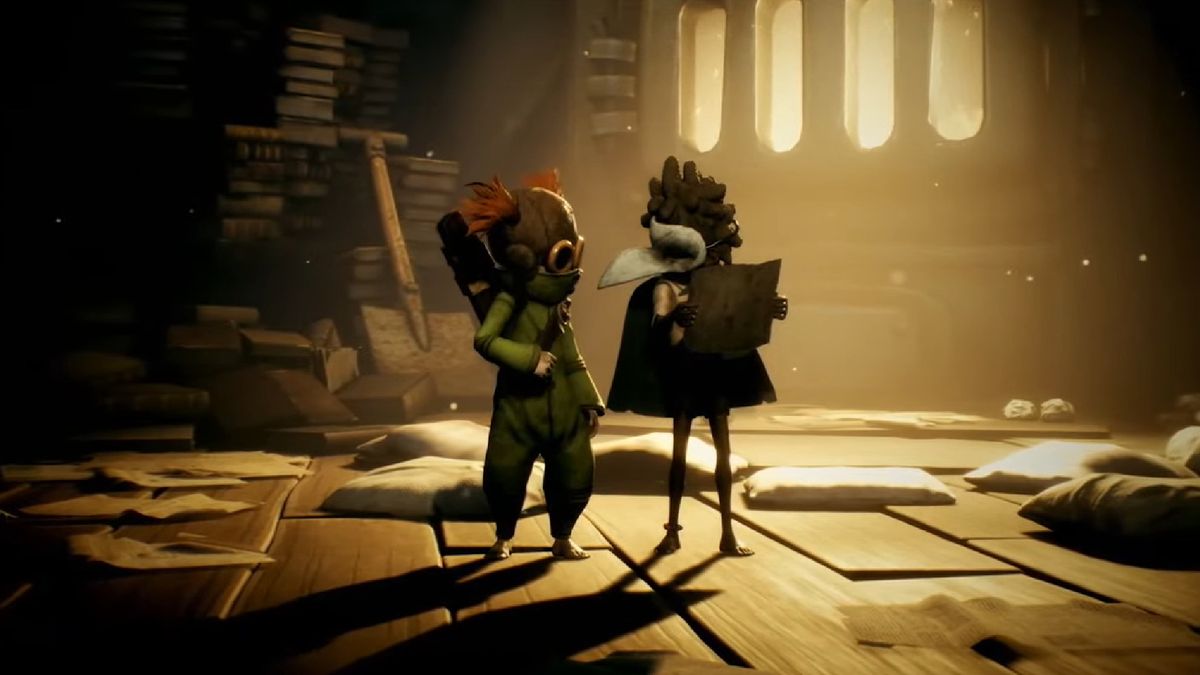When Death Stranding came out in 2019, I did what a lot of people apparently did: Played it for an hour, thought it was a bit weird, and didn't pick it up again until years later (in my case, 2022). So when a sequel to the game was announced, I wondered what Hideo Kojima could possibly do in a follow-up to his strangest game yet. After playing Death Stranding 2 for 40-plus hours, he did quite a bit.
Death Stranding 2: On the Beach should have been called Death Stranding 2: Quality of Life, because that's what this game is. From top to bottom, Kojima Productions made so many improvements to the original, making a weird delivery-sim game that is quite relaxing. Those improvements may not be enough to attract people who avoided the original, yet the players coming back are going to find a sense of calmness that you could assume Kojima wanted to deliver with his game.
In the sequel, players are back in the role of Sam Porter, performed once again by Norman Reedus, who has found a place in Mexico to live his life with Lou, the former Bridge Baby who spent her first years in a pod. Fragile, Sam's somewhat love interest and fellow delivery person, seeks out Sam to do some deliveries to re-establish the chiral network within the country. As he's away, something terrible happens to Fragile and Lou, and without spoiling it, months pass, and Sam's services are called upon again. This time, he must travel to Australia and reconnect the entire country, just like he did with America in the first game.
Watch this: Unboxing the Death Stranding 2 PS5 Controller
00:45
Safe to say, if you never played Death Stranding, none of that made any sense, and that's on par with everyone's experience who played the game initially. The whole world of Death Stranding is less about realism and more about vibes. Beached things, voidouts, chiralium, cryptobiotes and so much of this game's world doesn't make a lick of sense if you try to think of it regarding the science of the real world, but when you get to the basic theme of the game, which is reaching out to other people and forming strong bonds with each other, then everything does make a certain sense. There are people who want the world to heal by coming together, while there are others who want to destroy those bonds. Welcome to Death Stranding.
Make it make sense
That whole spiel about Death Stranding 2's story is the gist of it, yet there are new and old characters to meet and more of the world to learn about. That brings to one of the biggest quality of life (QoL) improvements to the game: Corpus. Lots of games have their own in-game encyclopedia, but it's apparent that Kojima Productions knew how confusing the game's story could get. So to help navigate that, the Corpus gets updated all the time, and there will be an on-screen notification about the new info as soon as it's mentioned, and you can jump right into understanding what was said.
Not only does it make Death Stranding 2 easier to understand, it also helps when you did what I and a lot of others did with the original and started it only to never come back to it years later. Now, as soon as you load a save and come back to the game, it will bring up the Corpus to give you a rundown of where you are in the story.
Again, this seems like not a big deal in most games, but the thing that sets apart Death Stranding is this weird world -- where, for instance, babies are extracted from their brain-dead mothers and put in pods that are meant to emulate a womb so that they can be used as a warning system to detect dead souls made up of antimatter that are stranded in the world of the living and can make this pool of tar to capture people thus causing an explosion being enough to decimate a city when they come in contact. It's quite a feat to implement a feature to help a player understand that concept, which is what Corpus helps with.
Higgs is back.
Kojima Productions/Screenshot by CNETUnderstanding the story is key because it just makes the core of the game so enthralling. Delivering packages is what players will be doing for the majority of their time. There is some battling with human separatists who control bases scattered across the regions and BTs that will show up whenever it rains, but you can go for hours and hours without dealing with either. Instead, you can just continue to deliver packages.
When it comes to delivering packages, there are the main missions where the various mission givers tell Sam where to go and what to take. More often than not, the package has some weight to it that Sam can carry on his backpack, and he just needs to get the package to its destination without being destroyed.
Other parameters may switch things up, such as delivering within a time limit, taking it slow with a delicate package, or hauling one that's very heavy because it's a whole human being wrapped in what looks to be a body bag. A few of these main missions also require taking a package away from the separatists or making your way through areas filled with BTs, meaning there will likely be a fight.
Like with the story, the game's central delivery experience received a wealth of quality-of-life improvements. The biggest is that vehicles are unlocked very early in the game. In the original, players had to deal with doing deliveries on foot for hours before getting the first reverse trike to help them travel around the world quickly. Now players get access to one within a few missions.
Later in the game, Sam will ride around in the DHV Magellan, an airship that travels through the tar currents of the world (just go with it) to transport immediately to any of the locations you have already delivered to. This makes going back to previous cities and bunkers, especially to deliver some packages found along the way, much easier to do. The ship, however, does suffer from a serious case of Conveniently Broken Device trope (think of those episodes of Star Trek where the teleporters could solve a problem, but they happen to not be working). You'll find the Magellan never seems to be available when you need to travel all the way back to a previous location, which is fair, as this would take some of the fun from the game.
The transportation options don't stop at the ship. Not far into the game, there will be an option for Beach Jumps using Fragile's umbrella. These spots are found all across Australia, but unlike traveling on the Magellan, these jumps will just take Sam and not his vehicle. Another new addition is the monorail, which can carry Sam and a lot of packages from one location to another. Similar to how players can build highways to travel on, the monorail is a system that needs to be built in segments. There are a few places with the monorail already in place, but players can extend it farther.
Combat also had some subtle improvements. Sam feels very at home with the different weapons available, and while you can take down human enemies with stealth, it's just as quick and easy to mow them down with an assault rifle. Later in the game, robots will be the more common enemies that will take more damage to deal with, but Sam is still very capable of putting them down.
Everyone's favorite BB, Lou.
Kojima Productions/Screenshot by CNETBig, beautiful and weird
The first Death Stranding was already incredible to look at, and the sequel bumps up the visual fidelity across the board from the character models to the particle effects when in combat.
Thanks to the quality of life improvements to the game, there's more time to appreciate the game world. This time around, there's a lot more color to the world. It's still not vibrant, considering this is supposed to be Australia after some ghosts started appearing and destroying big parts of the land, but there's a bit more variety in biospheres than in the first game.
In particular, the snowy mountain range where you'll spend most of the last third of the game is just beautiful in how serene it is. Granted, during parts of your journey in those mountains, you'll be bombarded with snow squalls that will completely blind you, requiring the use of the Odradek scanner to get the layout of the land so you know when the edge of the mountain is approaching.
As is the case with any Kojima game, the cutscenes are the real eye-candy. The cast of characters has expanded in the sequel with Elle Fanning (A Complete Unknown, The Girl from Plainville) playing the mysterious young woman named Tomorrow, Shioli Katusna (Deadpool 2, Invasion) who plays a pregnant woman named Rainy who can control and reverse the effects of Timefall, and famed Australian film director of the Mad Max franchise, George Miller, as Tarman, the navigator of the Magellan. Every person gives a great performance, although it is noticeable that for the lead character, Norman Reedus doesn't talk much in these cutscenes.
Some new and old faces in Death Stranding 2.
Kojima ProductionsOne person who does talk quite a bit and is worth pointing out is Dollman, played by actor Jonathan Roumie (The Chosen) but modeled after Turkish-German film director Fatih Akin. This living doll acts as a guide for Sam, providing useful tips and background for the players, but it also represents a staple in Kojima games of having weird supporting characters.
And trust me, there is a lot of weird in Death Stranding 2. Some of the moments had me wondering just what the hell I was playing, and I can't wait to see streamers and YouTubers reach these parts in their Let's Play because the reaction content and the memes are going to be tremendous. Kojima really went deep into that part of his brain that concocts these strange yet charming and kind of badass moments within his games.
Completing the main story in Death Stranding 2 takes about 40 hours if you rush through all the main missions, but to get all of that weirdness that only someone like Kojima can come up with, you'll need to spend double that to complete the sub-missions available. These quests will have Sam travel to practically every inch of Australia, delivering items from headache pills to people. Some of the missions will unlock new items while also learning more about the mission givers. There are scientists, musicians, animal caretakers and even a pizza chef.
There's so much to do in Death Stranding 2, and what makes this such an enjoyable game is how it's become so accessible. Now, will this be enough to attract every gamer to what is essentially a post-apocalyptic delivery sim game? Probably not, but if you had a twinge of interest in the original Death Stranding but found it a bit too awkward or maybe complicated with its mechanics, then Death Stranding 2 is going to suck you right in and will have you spending hours enjoying a peaceful journey of just delivering packages.
Death Stranding 2 is a PS5 exclusive and comes out on Thursday for $70. Those who buy the digital deluxe edition of the game for $80 will receive in-game content and early access to the game that starts on Tuesday.









 English (US) ·
English (US) ·